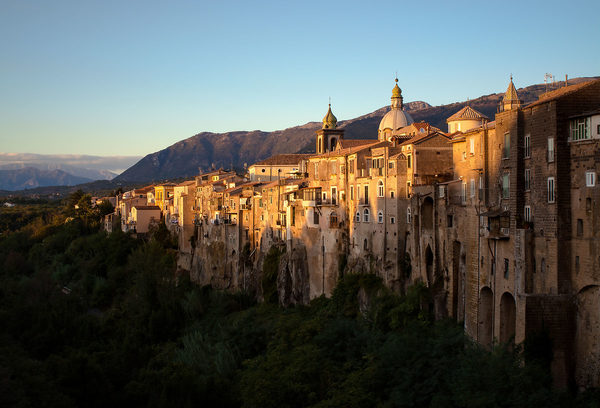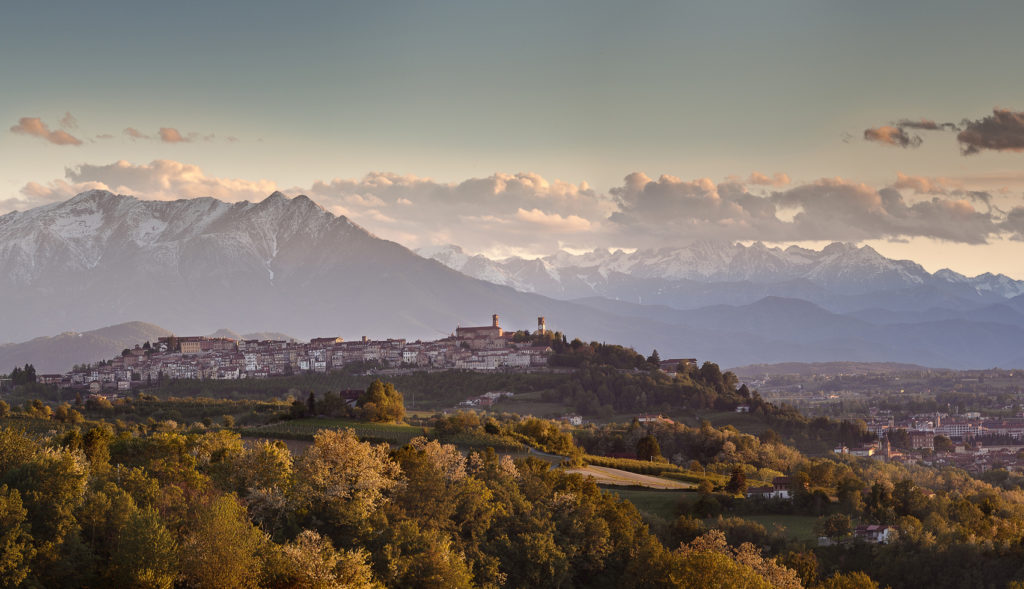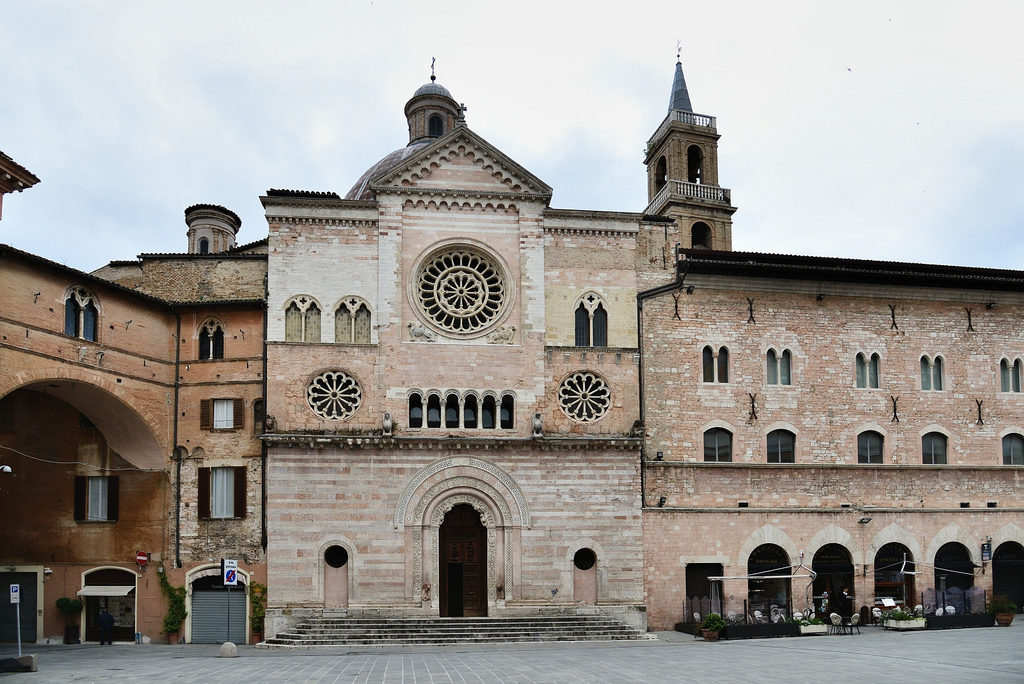Contrary to what one would think, the greater part of Italy’s cultural and natural heritage remains unknown to the masses. In the country with the highest number of UNESCO World Heritage Sites, this seems less like a pity and more like a crime.
The average traveller meanders through Rome, Florence and Venice before heading home, while the slightly more dedicated traveller aims for Milan, Verona and Siena. The experienced traveller will pay a visit to lesser-known cities like Turin, Naples, Palermo. And yet, needless to say, there is so much more to see: countless memorable sites that few have even heard of.
While I strongly advise anyone coming to Italy for the first time to head straight to Rome (since it is indeed an incredible city), I will certainly recommend any wanderer who’s skeptical of superficial and lackadaisical travel to pay a visit to the following lesser-known destinations.
Mondovì, Piedmont
Mondovì is a fairly unknown jewel nestled on a plateau in Northern Italy. Located at the offshoots of the Ligurian Alps between green hills and even greener mountains, Mondovì is marked by a blend of architectural styles and a blooming number of family-run wineries and refined taverns.
Not chaotic like most of Italian cities, this charming town seduces through the silence of its alleyways and the serene tranquility lingering in the air.
While getting lost in the old grid of narrow medieval lanes, one can glance at the painted facades with inscriptions dating back to the occupation of Napoleon, or simply marvel as a crown of mountains materializes beyond every archway. Head there, you’ll be surprised.
Trento, Trentino Alto Adige

Credit: Victoria Boyd
Trento possess the seducing appeal that marks any historical crossroad: suspended between Italy and Austria, between Latinity and Mitteleuropa. Contended for centuries by warring monarchies, this city has witnessed more arts and battles in the last 700 years than many other European cities.
The old town, with its clean, sober elegance, often swept by cold winds carrying the syrupy scent of locally brewed beers, seems almost like a foretaste of what awaits the traveller 100 kilometers north, beyond the Austrian border.
The symbol of the city, a black eagle that appears on the façade of some buildings and on the iron manholes, recalls the menacing eagle of the Hapsburg Empire. This is no surprise since Trento was under Austrian rule until 1918.
And yet the old town is characterized by a very Italian display of medieval and Renaissance architecture, along with a charming castle containing frescos of unique beauty. Any traveller who is fascinated by the dramatic force of history will be seduced by this city and its past.
Foligno, Umbria
It’s hard to imagine any city more Italian than Foligno, with its position in the very heart of the country, mild climate, laid back, carefree atmosphere and monstrous amount of artistic heritage.
Foligno blossomed in the 13th and 14th centuries, becoming a prosperous place for all classes of medieval society: lords, poets, painters, clergy and merchants. Today, the remnants of this refined period doze in the shadowy cloisters of the ancient monasteries and dazzle underneath the limpid Mediterranean sun.
Just outside this spectacle of art and marble, frescos and manuscripts, is an endless tangle of drowsy villages and picturesque hills that awaits all of those who wish to explore one of Italy’s most intact corners.
Sant’Agata de’Goti, Campania

Credit: Juzaphoto
This place, often unknown to Italians themselves, is considered (and awarded) one of the most beautiful villages in the nation.
It is difficult to compare it with the other towns described above. Mondovì, Trento and Foligno display the refined beauty of places that have known the enlightenment of a glorious past, but it is not so in Sant’Agata. There is no trace of the apollonian clarity of Foligno or the elegance of Trento and Mondovì. Here, everything seems more primordial, rugged and mysterious.
When walking along the old roads in the dim-light of dusk as the street lamps slowly light up, one can hear the suffused sound of someone cooking dinner, glimpse the moon reflected in one of the many fountains or contemplate the old cathedral swept by the southern breeze.
No matter what, one has the feeling to be somewhere magic. Maybe it is the craggy, primitive beauty of its fortifications or the defying feeling of rocks and buildings fading into each other: all the same, this place will baffle even the most experienced eye.
Which are your favourite lesser-known Italian cities, towns, or regions? Let us know in the comments below.
The post 4 Lesser-known Italian Cities you Never Knew you Wanted to Visit Until Now appeared first on Anew Traveller.



















